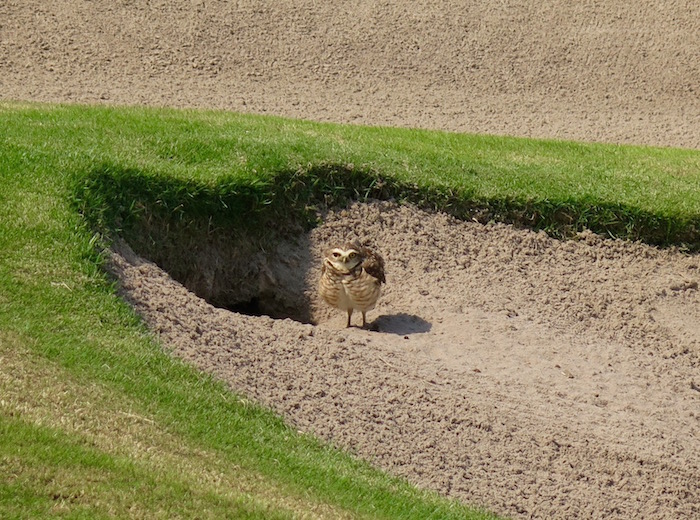Before the focus turns away from the west coast of Scotland and the epic 145th Open, I hope we can also remember the importance of Prestwick Golf Club and all that it means to the game. Daydreaming a bit while walking around the clubhouse with club historian Andrew Lockhead, one an easily imagine what that first gathering of professionals was like, capped off by Tom Morris hitting the opening shot. But what strikes most is how, based on the documentation and formality of the proceedings, how those involved knew they were on to something historic.
 The Guardian's Paul Weaver took the full tour as well, and captures the essence of this great clubs, which maintains an amazing reverece for its history without the attitude that could come with having such a vital place in golf.
The Guardian's Paul Weaver took the full tour as well, and captures the essence of this great clubs, which maintains an amazing reverece for its history without the attitude that could come with having such a vital place in golf.
The Archive Room, with pencilled-in scores from the 1860s, tells tales of terrible traumas outside. Darwin added: “Holes and bunkers that can bring down great men with so terrible a crash deserve great names and in these Prestwick is rich; the Slough of Despond, Purgatory, the Goose Dubs, Lion’s Den, the Pill Box, the Precentor’s Desk and Sandy Neuk.” It feels friendlier in the clubhouse.
“I am obviously biased,” says Goodwin, “but I think Prestwick is unquestionably the best golf club in the world. The whole ethos is to have fun, and lots of it.”
Thanks to Lockhead and secretary Ken Goodwin, I was able to see the magnificent club archives where all of the key old scorecards from the Opens at Prestwick are lovingly bound into a permanent volume, while each important letter related to The Open is still in the club's possession. (We discussed on Morning Drive earlier in the week.)
Check out the actual scorecard from Young Tom Morris' 3 on the then 578-yard first hole:
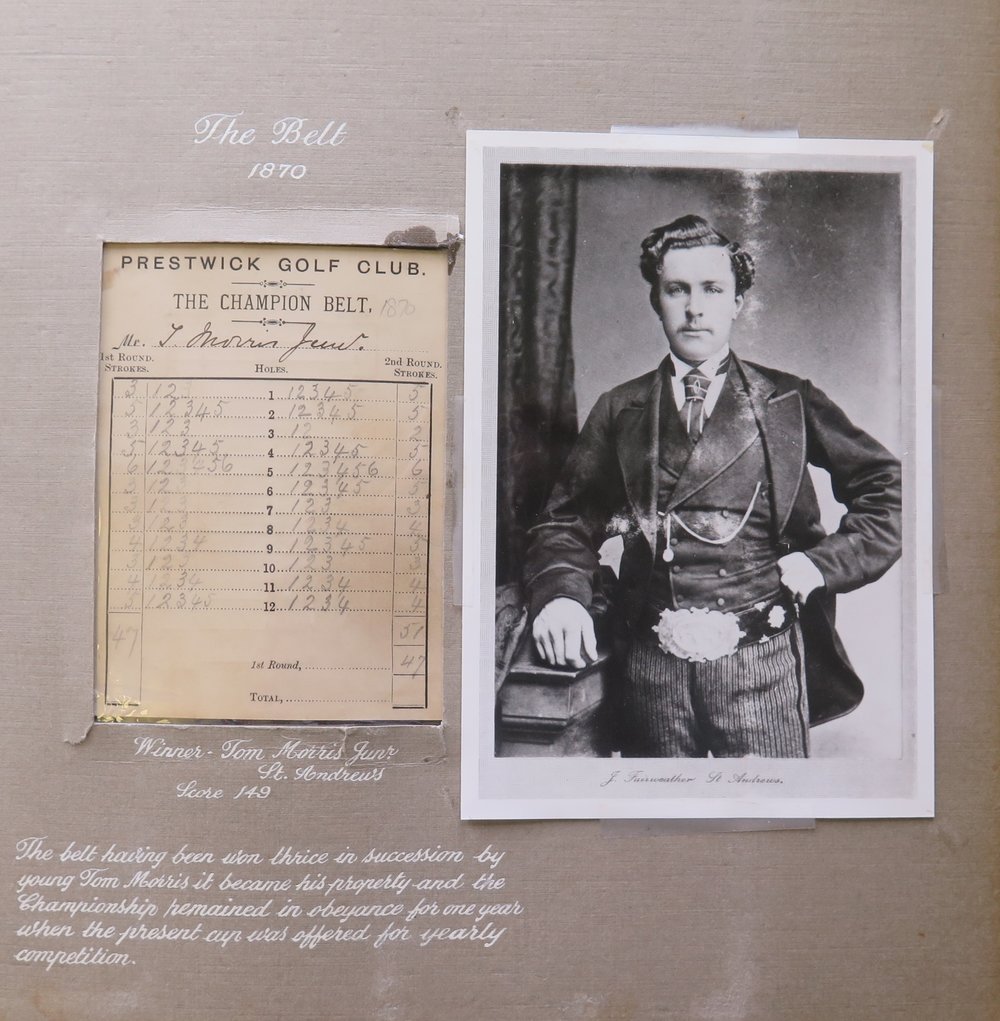
Detailed look at the face of the belt, from an exact replica on display at The Open this week.

While the initial contest was for the Champion Belt and was essentially an invitational open to those with ties to ten or so clubs, it was the realization that the "world" needed to be part of "Open" competition that proves so mesmerizing to see put on paper. It makes the branding emphasis on open take on greater meaning.

As for Prestwick's architecture, the course retains its playing charm and design fascination, an astounding notion given how so many courses do not age well. The appreciation heard last week for its merits is heartening and offers more evidence that a greater awareness for design is in the game. Just like North Berwick's recent renaissance, Prestwick no longer is getting tagged with a negative "quirky" or "bizarre" labels. Instead, the overall walkability, memorability, variety and at times, audacity of the holes appeals to a broader golf audience than 20 years ago. The fun word is getting throw about too, and never in that demeaning way suggesting the course is too "easy."
The Himalayas remains such a thrill to play, and a great reminder that blind can be exhilarating. What I can't figure out: why the blindness is better received in 2016 than even 2006? Is it the awareness before arriving at Prestwick that has people prepared? Or just the overall desire to have a sense of a natural adventure that has been re-introduced by more lay-of-the-land courses? Either way...
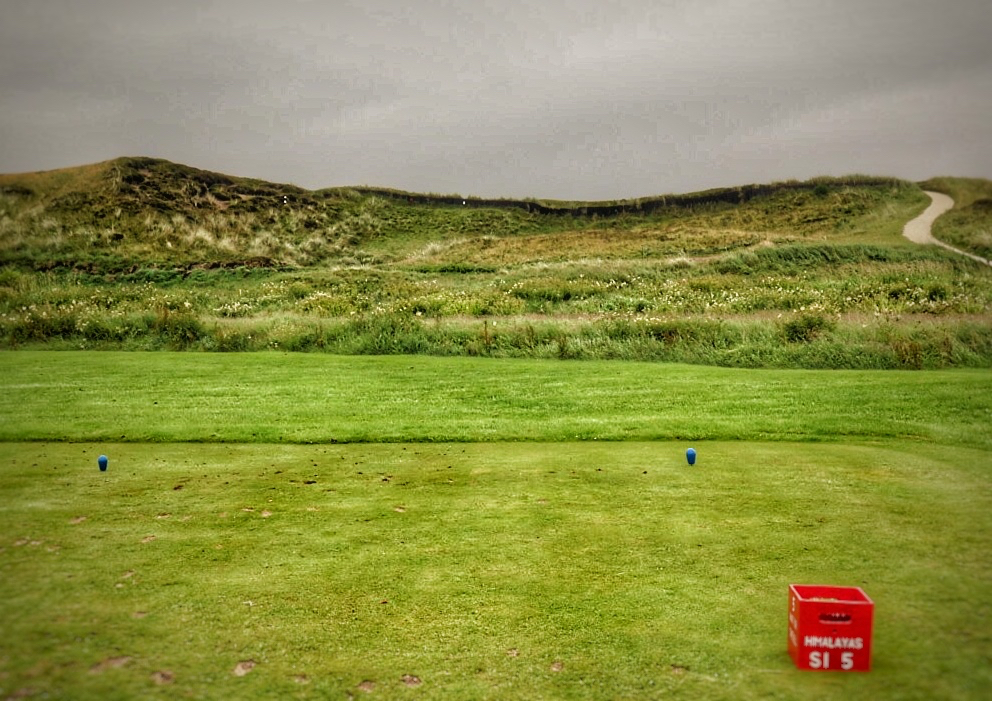
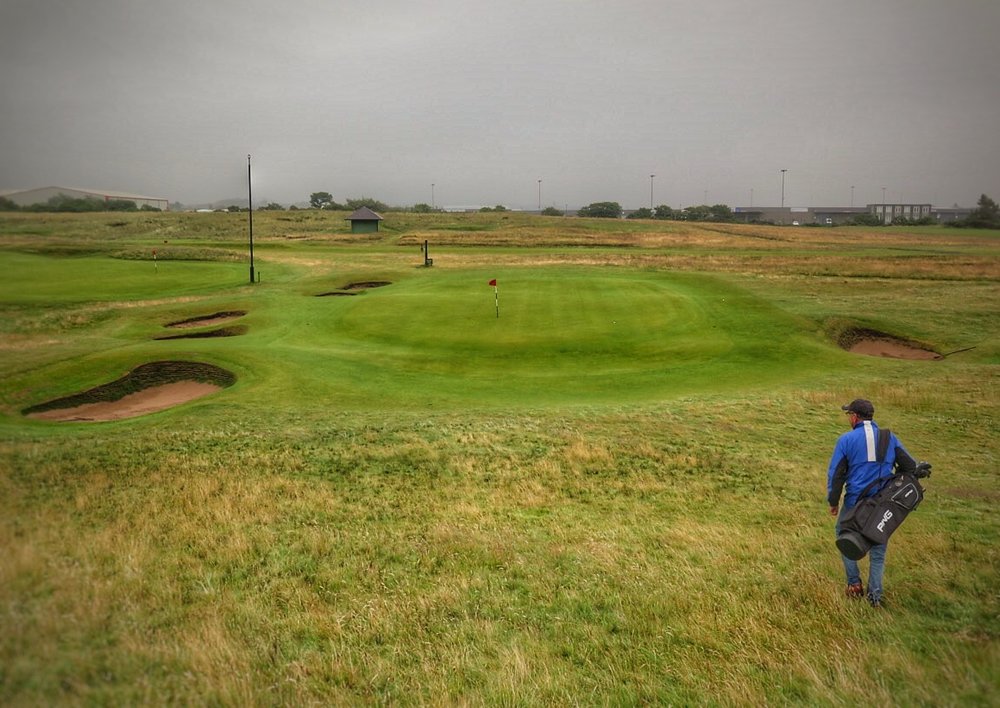
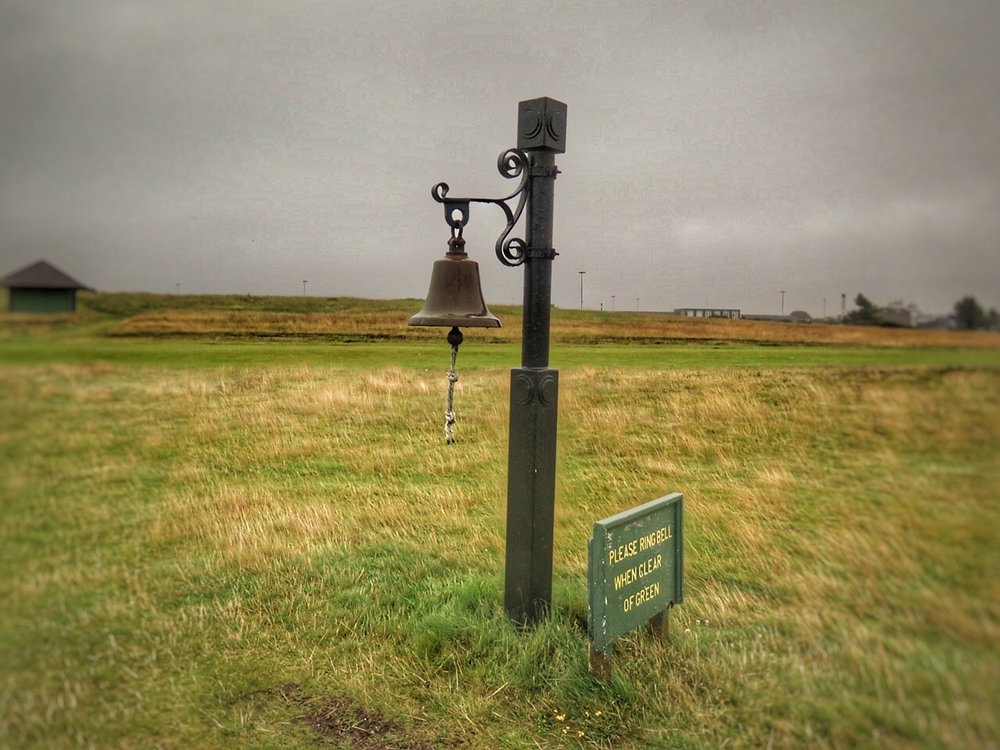
And the 17th/Alps remains as bizarrely nutty as ever. How did they play this with a baffing spoon!?


Prestwick's place in the game is as vital as the Old Course is today. It was the birthplace of professional golf and a testing ground for golf architecture both manmade and natural. Because of its place through golf history as a joyous locale for the game--continued on by today's club--Prestwick should always be one of your first stops for a Scotland golf pilgrimage.
Furthermore, many clubs with a trace of the history Prestwick enjoys could learn from the way this grand place in the game proudly shares itself with the world for all to come and see and play. Every professional golfer should pay a visit out of respect for those who gave birth to their pastime.

 In thinking about some of America's best and pouring over rankings, restorations and thoughts of their architects, I was astounded by how many elite courses have well-documented design flaws or are living off their reputation as merely difficult-to-play. (It was also amazing to consider how many Macdonald-Raynor designs have seen restorations take them to places maybe never even imagined by their creators.)
In thinking about some of America's best and pouring over rankings, restorations and thoughts of their architects, I was astounded by how many elite courses have well-documented design flaws or are living off their reputation as merely difficult-to-play. (It was also amazing to consider how many Macdonald-Raynor designs have seen restorations take them to places maybe never even imagined by their creators.) 


